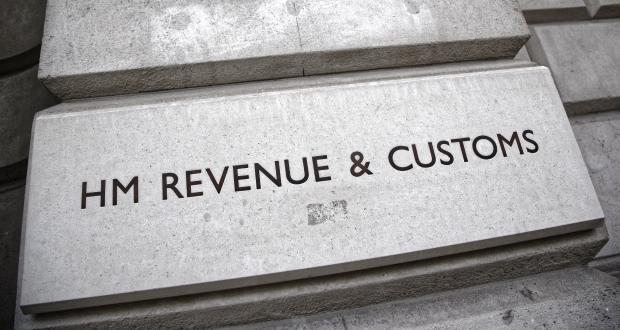 In an unusual move, HMRC have directly targeted motor dealers with an educational email and video aimed at reducing the frequent VAT errors discovered on VAT inspections. Many businesses have been left much to their own devices while HMRC have been distracted by the twin challenges of Brexit and COVID, VAT enquiries at motor retailers have continued apace for the simple reason that HMRC have identified a risk area which has made officers regard dealers as easy pickings for large VAT assessments.
In an unusual move, HMRC have directly targeted motor dealers with an educational email and video aimed at reducing the frequent VAT errors discovered on VAT inspections. Many businesses have been left much to their own devices while HMRC have been distracted by the twin challenges of Brexit and COVID, VAT enquiries at motor retailers have continued apace for the simple reason that HMRC have identified a risk area which has made officers regard dealers as easy pickings for large VAT assessments.
In an email issued on 26 September 2022 and headed: ‘Sale of vehicles on finance: risk of VAT errors’, HMRC have increased the pressure on dealers to get the basics right.
HMRC’s email, and accompanying recorded webinar, identifies the common problem of how dealers handle differences between vehicle sales invoices produced from a dealers’ management system (DMS) and the invoice or other documents issued to the finance house in a PCP sale. HMRC regularly find that vehicles sales staff are entering different amounts onto finance house portals than those reported via DMS.
Historically, this was particularly the case for sales where a customer wished to part exchange a vehicle which had negative equity, which some lenders would refuse to fund. The temptation for enthusiastic sales staff has often been to disguise the negative equity by inflating the part exchange value with a compensating inflation of the sales price of the replacement vehicle. GAP insurance has similarly been hidden from lenders in cases where there might be doubt about whether the finance house would fund this non-vehicle item and has often been loaded onto the new vehicle price. These alterations are usually unknown to the dealers’ finance team and the result is that the finance house claims back a higher amount of VAT on the purchase of the vehicle than the dealer shows as output tax on its sale.
HMRC make it clear in their latest communication that the document sent to the Finance company, which shows a higher value for the sale of the new vehicle is the amount which must be declared.
How should dealers respond?
HMRC’s email is part of an ongoing process of shifting the responsibility for checking the accuracy of returns to the taxpayer from an overstretched HMRC. Tellingly, the email ends with a veiled threat:
“We have sent an email to the Senior Accounting Officer within your business and asked that they get assurance that this error is not occurring in your dealerships.”
Senior Accounting Officers (SAOs) are named individuals within large businesses (turnover exceeding £200m) who have a duty to ensure that appropriate tax accounting arrangements are in place to manage tax risks. Where HMRC discover VAT or other tax errors which, in their view, could have been avoided if an SAO had instigated appropriate controls, they can issue personal penalties to the SAO of £5000 for each financial year in which the errors occurred. By directing this ‘educational’ email at SAOs, HMRC will believe that they have strong grounds for issuing such a penalty if they discover that VAT errors of this type have continued.
The email also advises dealers to immediately disclose any errors discovered as a result of reviewing practices following the email. Disclosing errors to HMRC is the best way to ensure that no penalties arise. Following an inspection, penalties for ‘careless’ errors can be as high as 30% on top of any VAT due.
Written by Glyn Edwards, VAT Director, MHA MacIntyre Hudson.
